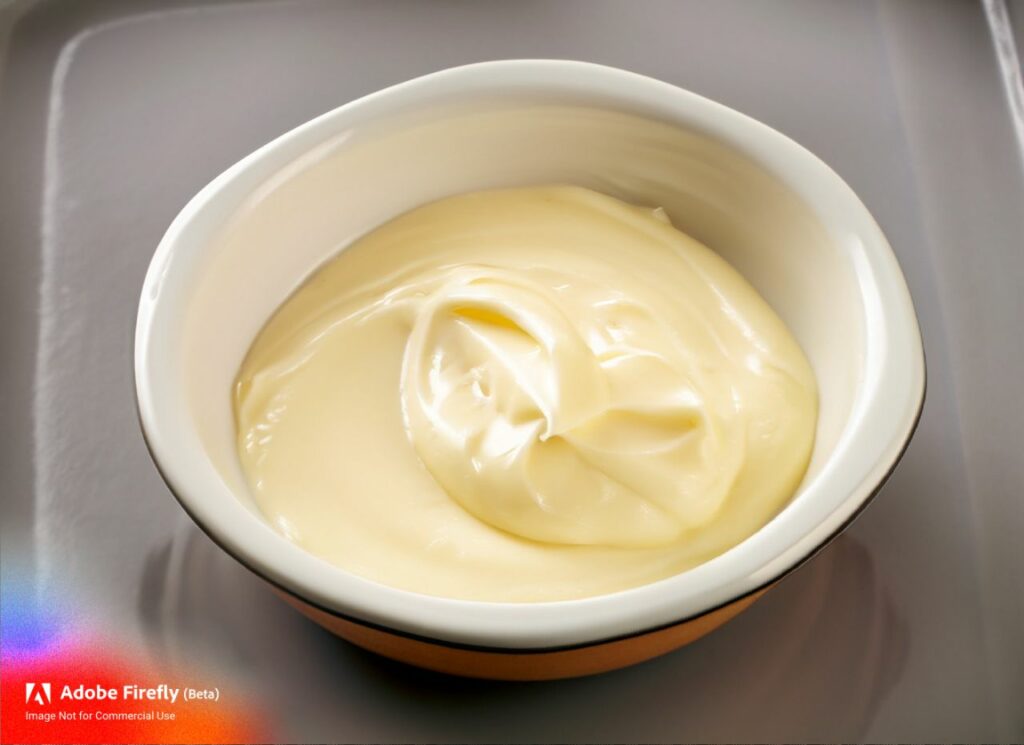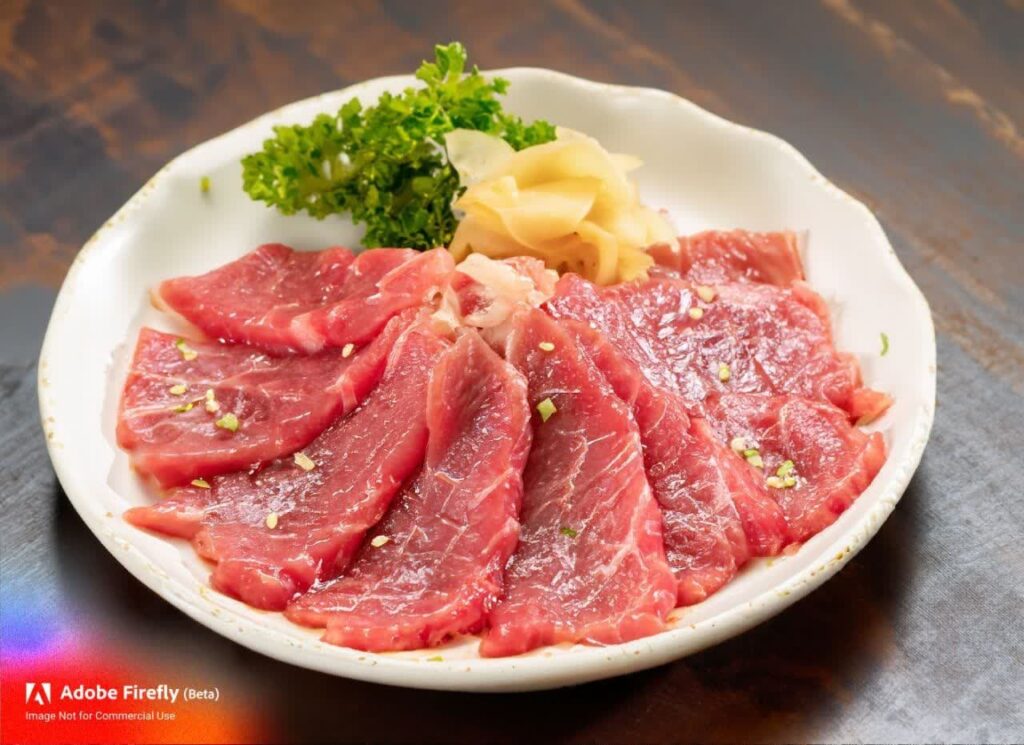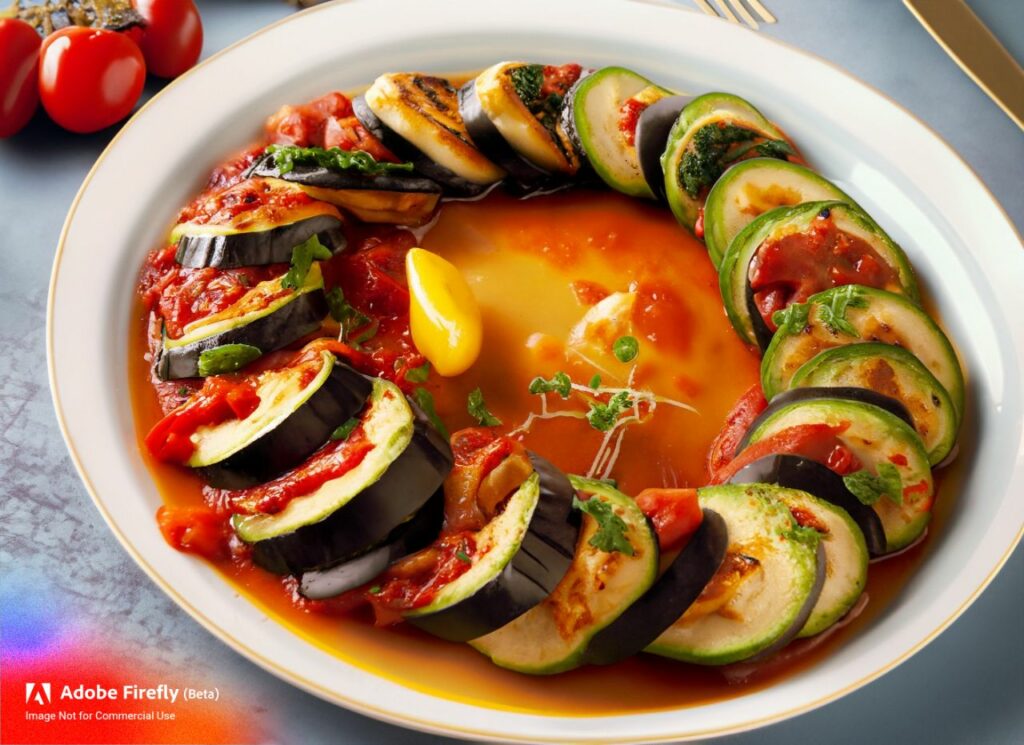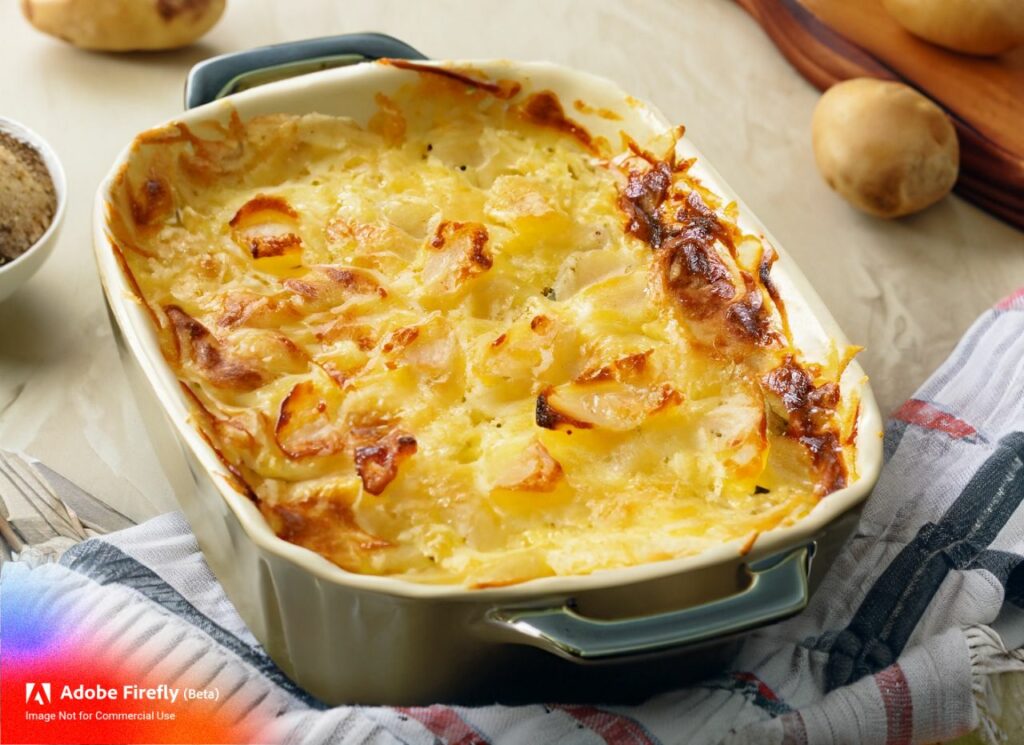About Béchamel sauce
Béchamel sauce, also known as white sauce, is a classic and fundamental element of French cuisine. This creamy and velvety sauce serves as the base for various dishes, adding richness and depth to a wide array of culinary creations. In this essay, we will explore the history, preparation, versatility, and significance of Béchamel sauce, celebrating its enduring presence in the world of gastronomy.
History and Origins:
The origins of Béchamel sauce can be traced back to the 17th century and are attributed to Louis de Béchameil, a prominent French financier and politician. The sauce is believed to have been created by one of Béchameil’s chefs, who sought to craft a sauce that would complement various dishes, offering a creamy and luxurious touch to French cuisine. Today, Béchamel sauce remains an essential component of French cooking and has made its way into many international recipes.
Preparation and Ingredients:
The preparation of Béchamel sauce is relatively simple, consisting of only a few basic ingredients:
1. Butter: Béchamel sauce starts with a roux, which is a mixture of equal parts butter and flour. The butter is melted in a saucepan over low heat.
2. Flour: Once the butter is melted, the flour is added gradually, and the mixture is cooked to form a smooth paste.
3. Milk: After the roux is achieved, milk is added gradually, while continuously whisking to avoid lumps. The sauce is simmered until it thickens to the desired consistency.
4. Seasonings: To enhance the flavor, Béchamel sauce is often seasoned with salt, pepper, and sometimes a pinch of nutmeg.
Versatility in Culinary Creations:
Béchamel sauce’s versatility makes it a crucial component in numerous recipes, both in French cuisine and beyond. It serves as a base for other classic sauces, such as Mornay (with cheese), Velouté (with chicken or fish stock), and Sauce Aurore (with tomato puree). Additionally, Béchamel is a key ingredient in various savory dishes, including lasagna, macaroni and cheese, gratins, and croquettes. Its adaptability extends to the realm of desserts, where it can be used as a base for custards and certain types of pastry creams.
Significance in French and International Cuisine:
Béchamel sauce’s significance lies in its ability to elevate dishes to new levels of sophistication and flavor. Its creamy texture and subtle taste provide a delicate balance that enhances other ingredients without overpowering them. This sauce has become a foundation of French culinary techniques and has been embraced by chefs and home cooks worldwide, finding its way into diverse cuisines and creating a unifying element in gastronomy.












